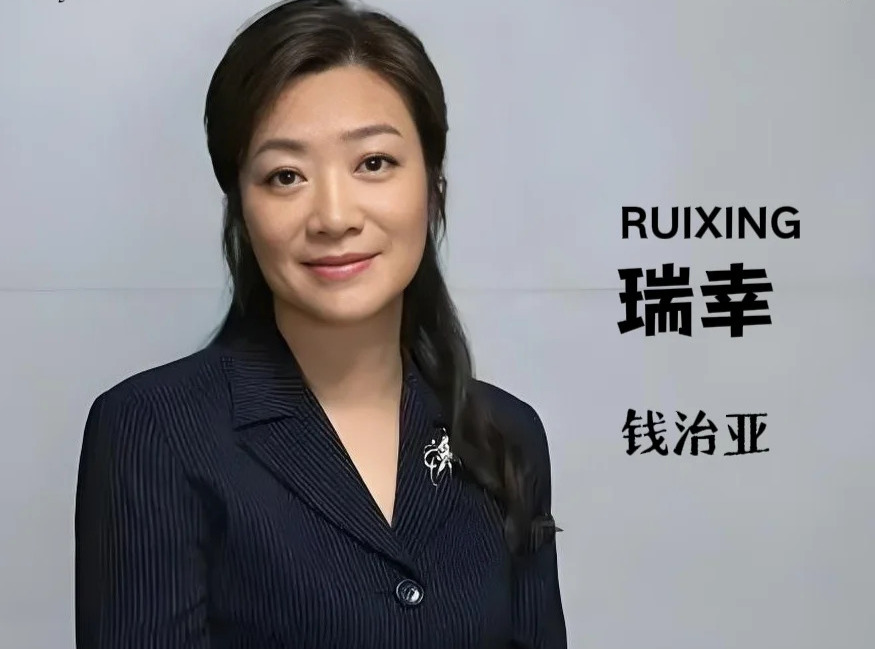When Cotti Coffee (库迪咖啡) launched in 2022, it looked like a sequel no one was sure they wanted: a new chain founded by the former leadership of Luckin Coffee (瑞幸咖啡), entering an already crowded market and vowing cheaper coffee for everyone. Two to three years later, Cotti has raced to 15,000 outlets worldwide, including China and overseas markets, making it one of the fastest-growing chains in the country’s coffee landscape.
From scandal fallout to second act


Cotti was founded in 2022 by ex-Luckin Coffee figures including co-founder and former chairman Lu Zhengyao (陆正耀) and former CEO Qian Zhiya (钱治亚), who left Luckin after its 2020 accounting scandal and subsequent Nasdaq delisting.
Rather than replicate Luckin’s exact playbook, the team pitched Cotti as a fresh start: same mobile-first, delivery-heavy model, but with faster expansion into lower-tier cities and overseas markets from an early stage.
By mid-2025, Cotti had crossed the 15,000 store mark (including some not yet opened), spanning multiple store types from standard cafes to ‘store-in-store’ and convenience formats.
Cotti Coffee and the RMB 9.9 power play: pricing as a weapon
_来自小红书网页版-1024x1024.jpg)
If Luckin’s early years were defined by coupons, Cotti’s brand is defined by a number: 9.9. From mid-2023, Cotti launched a headline campaign putting almost all drinks at RMB 9.9 (about US $1.40), a promotion it later pledged to extend for three years. The strategy was to treat coffee as an everyday necessity, not an affordable luxury, and make that visible on the price tag rather than hiding it behind layered coupons.
That move helped cement a ‘sub-10 RMB’ reference price in consumers’ minds. Industry commentary and trade reports describe how RMB 9.9 offers from Cotti and Luckin spread quickly across the sector, influencing bakery items and other drink categories as brands joined the race to the bottom.
For Cotti, the low headline price was underpinned by scale, supply-chain efficiencies and an aggressive push into delivery and small-footprint formats such as COTTI Express convenience-style outlets.
When subsidies reshape demand
Cotti’s RMB 9.9 promise landed just as China’s delivery platforms reignited a subsidy war in tea, coffee and fast food. Platforms like Meituan (美团), Taobao (淘宝) and JD.com (京东) rolled out coupon-heavy deals, slashing prices in a race to the bottom that’s still fought today. For chains and businesses with big money behind them, this sent orders surging and accelerated expansion.
For small operators, however, the maths was punishing. Unable to compete, many were pushed out of the game. China’s drink economy is now becoming increasingly polarised. On one side sit ultra-cheap, high-frequency delivery drinks, dominated by chains like Cotti, Luckin and leading tea brands, and supported by big platforms.
On the other side are higher-priced, experience-driven stores – speciality cafes and boutique tea shops that focus on ambience, origin stories and in-store rituals to justify prices well above the RMB 9.9 norm.
Is Cotti Coffee just another Luckin?


Cotti may resemble Luckin’s early breakneck expansion, but its strategy runs on a different engine. Luckin built its surge on app-driven first-cup giveaways and heavy vouchers designed to lock users into its own ecosystem and gradually ease them toward higher prices.
Cotti’s message is more forever cheap, using its flat RMB 9.9 pricing as a permanent hook rather than a promotion. While Luckin positioned itself as a modern, tech-led challenger, Cotti embedded itself in third-party delivery platforms and treated delivery as the main battlefield. The result: Luckin aimed to trade consumers up, where Cotti has trained the market to expect everyday coffee at rock-bottom prices.
What’s next for Cotti
What comes next for Cotti is less about store counts and more about stamina. Keeping coffee at RMB 9.9 is a crowd-pleaser, but the real test is whether that model holds as the brand pushes further into lower-tier cities and overseas markets.
What’s already clear is the market impact: Cotti has dragged the industry’s price floor down, rewired consumer expectations, and pushed the drink economy into a game where scale, supply chain and delivery speed trump pretty much everything else. Their price war has impacted everyone. So the question is not just what’s next for Cotti – it’s about who else can survive in the world Cotti has created.









